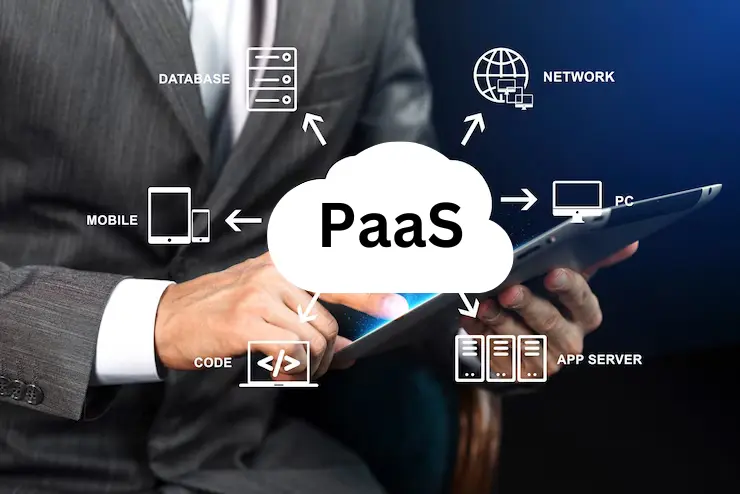Platform-as-a-Service (PaaS) stands as an innovative and transformative solution in the realm of the Internet of Things (IoT) by offering a comprehensive software suite or cloud-based service. This IoT PaaS empowers users with the ability to effortlessly oversee, manipulate, and administer a diverse array of endpoints from a remote vantage point. Gone are the limitations of geographical boundaries as this service facilitates real-time monitoring, seamless control and efficient management of interconnected devices and systems, ushering in a new era of operational convenience and productivity.
At its core, the IoT PaaS harmonizes the complexities of managing disparate devices and endpoints by providing a unified, user-friendly interface. Whether it’s industrial machinery, smart home appliances, or environmental sensors, this service streamlines the process of data collection, analysis, and response. The scalable nature of the cloud-based approach ensures that businesses and individuals can adapt their IoT infrastructure according to changing needs without the burden of heavy upfront investments. By harnessing the potential of IoT PaaS, users can optimize operations, swiftly respond to anomalies, and even innovate with novel applications that leverage the insights derived from the vast network of interconnected endpoints. This platform not only simplifies remote management but also acts as a catalyst for smarter decision-making and the creation of a more interconnected and efficient world.

Key Benefits & Features
IoT Platform-as-a-Service (PaaS) offers a range of compelling benefits that contribute to streamlined operations, enhanced connectivity, and improved decision-making in the IoT landscape:
- Simplified Development: PaaS provides pre-built tools, APIs, and frameworks that simplify the development of IoT applications. This accelerates time-to-market for new solutions and reduces the complexity of building from scratch.
- Scalability: PaaS offers scalability by allowing users to easily expand their IoT infrastructure as needed. Whether it’s adding new devices or accommodating increased data flow, PaaS scales seamlessly to meet evolving demands.
- Cost Efficiency: With PaaS, users avoid the substantial upfront costs associated with building and maintaining an in-house IoT infrastructure. The pay-as-you-go model and shared resources of cloud-based PaaS solutions help optimize costs.
- Remote Monitoring and Management: PaaS enables real-time remote monitoring and management of IoT devices and systems. This capability is essential for identifying issues, responding to anomalies, and making necessary adjustments from any location.
- Interoperability: PaaS facilitates interoperability among various devices, protocols, and data formats. This enables different components to communicate effectively, creating a cohesive IoT ecosystem.
- Data Analytics and Insights: PaaS often includes built-in data analytics tools that process and analyze the vast amount of data generated by IoT devices. This allows for actionable insights that can drive informed decision-making.
- Security and Compliance: Many PaaS providers prioritize security features like encryption, authentication, and access controls. This helps protect sensitive IoT data and ensures compliance with data protection regulations.
- Faster Innovation: PaaS accelerates innovation by providing a foundation where developers can experiment, prototype, and iterate quickly. This leads to the creation of novel applications and services that leverage IoT capabilities.
- Reduced Maintenance Burden: PaaS providers handle much of the underlying infrastructure maintenance, updates, and security patches. This frees up resources and time for businesses to focus on their core competencies.
- Global Reach: Cloud-based PaaS solutions offer global accessibility, allowing businesses to deploy and manage IoT devices and applications across various geographic locations seamlessly.
- Customization: PaaS platforms often allow customization to suit specific industry needs and use cases. This flexibility enables tailoring the IoT solution to fit unique requirements.
- Ecosystem Integration: PaaS can integrate with other cloud services and technologies, enabling a holistic approach to digital transformation and enhancing the overall IT landscape.
In summary, IoT Platform-as-a-Service brings a suite of advantages that make IoT implementation more efficient, cost-effective, secure and adaptable to changing business needs.


